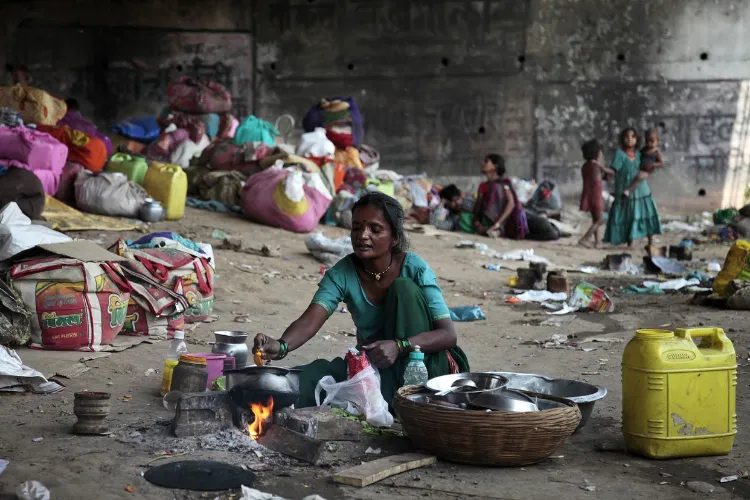
New Delhi
The current inflation band in India can be narrowed to 1 to 1.5 per cent compared to the existing 2 per cent to improve its effectiveness, according to a report by JM Financials.
Currently, the Reserve Bank of India's Monetary Policy Committee (MPC) follows a framework that targets inflation within the 2-6 per cent band, with 4 per cent as the midpoint.
The suggestion comes in the backdrop of the RBI releasing a discussion paper on reviewing the monetary policy framework.
The paper has assessed the progress of India's Flexible Inflation Targeting (FIT) framework since 2016. It looked at how the framework has helped reduce average inflation, improve policy credibility, and bring more transparency to policy-making.
The RBI paper broadly discusses four questions, whether the current 4 per cent inflation target continues to be appropriate, whether only a range should be maintained, whether headline or core inflation should be targeted, and finally, whether the tolerance band should be narrowed, widened, or even removed.
The report noted that the 4 per cent inflation target remains appropriate, especially considering the weightage of food in the Consumer Price Index (CPI) basket.
The report said "the target range can be narrowed further to 1 per cent -1.5 per cent as in the case of some of the Asian peers like Indonesia".
This would make monetary policy more effective.
The report explained that a tighter tolerance band, as seen in some Asian peers like Indonesia, helps strengthen policy credibility, while a wider band reduces its impact.
On the debate over targeting headline inflation versus core inflation, the report said headline inflation remains more relevant for India.
While food's share in the CPI basket is expected to fall with the upcoming base revision and is already under 50 per cent as per the 2023-24 consumption survey, food spending still exceeds 50 per cent for the lowest income groups.
This makes headline inflation a more accurate measure for monetary policy, given the importance of food prices in household budgets.
ALSO READ: Sanskrit scholar Onampilly Muammad Faizy's teaches integrated religious studies
The RBI's monetary policy review paper is now open for public feedback. The final decision on changes to the inflation targeting framework will be taken in April 2026.
